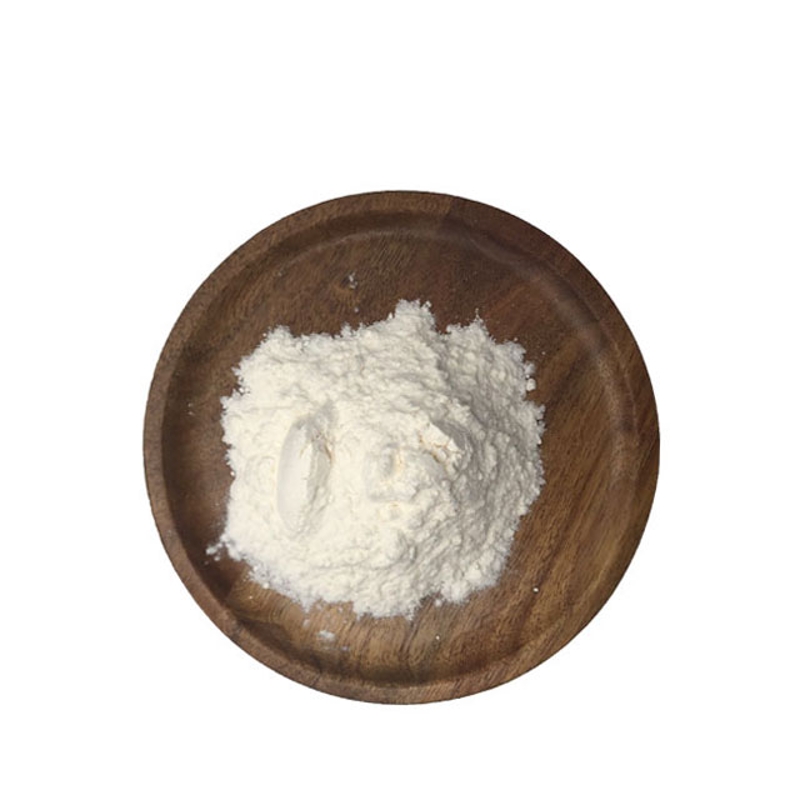-
Categories
-
Pharmaceutical Intermediates
-
Active Pharmaceutical Ingredients
-
Food Additives
- Industrial Coatings
- Agrochemicals
- Dyes and Pigments
- Surfactant
- Flavors and Fragrances
- Chemical Reagents
- Catalyst and Auxiliary
- Natural Products
- Inorganic Chemistry
-
Organic Chemistry
-
Biochemical Engineering
- Analytical Chemistry
- Cosmetic Ingredient
-
Pharmaceutical Intermediates
Promotion
ECHEMI Mall
Wholesale
Weekly Price
Exhibition
News
-
Trade Service
Yusuke Miwa et al.
of the Department of Neurosurgery, Tokyo Medical and Dental University, Japan, took tumor doubling time as a non-invasive prognostic factor and compared and analyzed the relationship between
Td and MIB-1 SI and WHO grade.
The results were published online in Neurosurgical Review in September 2022
.
- Excerpted from the article chapter
【Ref: Miwa Y, et al.
Neurosurg Rev.
2022 Dec; 45(6):3683-3687.
doi: 10.
1007/s10143-022-01869-2.
Epub 2022 Sep 22.
】
Research background
Meningiomas are common benign intracranial tumors, accounting for about 24%
of all primary intracranial tumors.
Surgery
can be decided based on volume changes and accompanying clinical symptoms.
Preoperative imaging can predict tumor characteristics, which will help determine indications
for surgery.
Studies have shown that MIB-1 staining index (MIB-1 SI) obtained by immunofluorescence of pathological tissues is associated with
meningiomas recurrence.
Yusuke Miwa et al.
of the Department of Neurosurgery, Tokyo Medical and Dental University, Japan, took tumor doubling time (Td) as a non-invasive prognostic factor, and compared and analyzed the relationship between
Td and MIB-1 SI and WHO grade.
The results were published online in Neurosurgical Review in September 2022
.
Research methods
The authors retrospectively analyzed the clinical data of 269 meningioma patients who underwent surgery at the medical center from January 2007 to January 2021; These include WHO grade, MIB-1 SI, tumor location, degree of resection (Simpson grade), histological features, and recurrence
.
Each patient is examined twice before surgery with an MRI scan (layer thickness < 1.
2 mm)<b22> spaced at least 6 months.
Measure the volume
using 3D image analysis software.
Assuming that Td is the time required to double the tumor volume, the previous MRI scan day is T1 and the volume is V1 (ml), and the next MRI scan day is T2 and the volume is V2 (ml), then V2=2(T-T1)/Td×V1
.
That is, Td=(T2−T1)log2/log(V2/V1).
The absolute tumor growth rate is the volume of tumor growth per year (cm³/year), and the relative growth rate of tumor is the ratio of tumor volume per year to the volume of newly diagnosed tumor, assuming linear growth
.
Study results
Of the 269 patients, 153 underwent more than two MRI examinations before surgery, and 71 had MRI intervals of more than 6 months (183 days).
Finally, the Td
of 62 patients with tumor growth was calculated.
The median age of patients was 61 years (25-86 years), and 77.
4%
were women.
The median Td was 1082 days (54-8579 days).
The pathology report of 1 patient was without MIB-1 SI, and the median MIB-1 SI of 61 patients was 2.
5% (0.
7-14.
6%)
.
Td was negatively correlated with MIB-1 SI (r=−0.
319; p=0.
0122) (Figure 1).
Figure 1.
Td was negatively correlated with MIB-1 SI (r=−0.
319, p=0.
0122).
◯: WHOI level; ◆: WHO II
.
7: 1090.
8 days, p=0.
034).
There was no significant correlation between Simpson classification and Td (p=0.
569).
At the same time, there was no significant correlation between Td and tumor location (p=0.
41).
Only one patient relapsed during the observation period, and Td and recurrence could not be statistically analyzed
.
According to the initial volume, the patients were divided into three groups: 21 patients less than 2.
5 cm³, 21 patients with 2.
5-5 cm³ and 20 patients with more than 5 cm³, and the median Td in each group was 824, 922 and 1904 days, respectively (p=0.
001).
The MIB-1 SI of the Td<3-year group was significantly higher than that in the Td≥3-year group (median 3.
35:2.
00%, p=<b11>0.
005) (Figure 2), and the proportion of WHO grade II.
in the Td<1-year group was significantly higher than that in the Td≥1-year group (37.
5%:3.
8%, p=0.
014).
<b20> The Td of all 5 WHO grade II.
patients was less than 3.
5 years.
The median absolute growth rate was 1.
25 cm³/year (0.
17-15.
44 cm³/year) and the median relative growth rate was 34.
1%/year (3-3657%/year).
In the WHO grade I and II subgroup analysis, there was no significant difference in the absolute growth rate of tumors (median 1.
2:2.
4 cm³, p=0.
121), while the relative growth of WHO grade II.
tumors was significantly increased (median 29.
8%: 247.
9%, p=0.
0245).
Figure 2.
Comparative analysis
of different Td MIB-1 SIs.
Conclusion of the study
The authors pointed out that preoperative Td was negatively correlated with MIB-1 SI, and the tumor recurrence rate was higher
in patients with WHO grade II meningioma with preoperative Td less than 1 year.
Therefore, patients with tumor doubling in the short term, even if they are asymptomatic, should consider early treatment
.
Patients with meningiomas with TD<3 years may also have a higher rate of postoperative recurrence, and radical resection<b14> may be further considered at the time of surgery.







